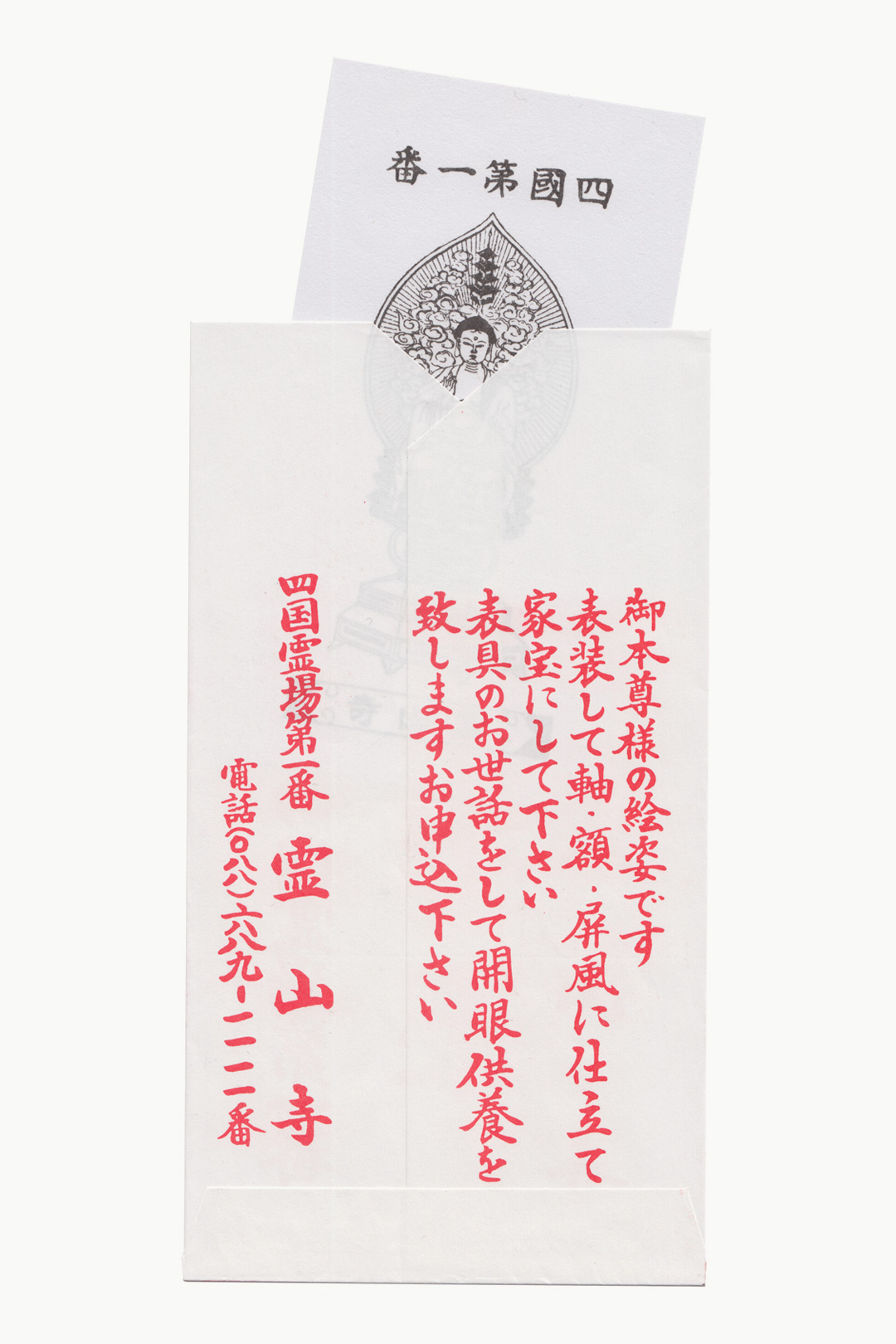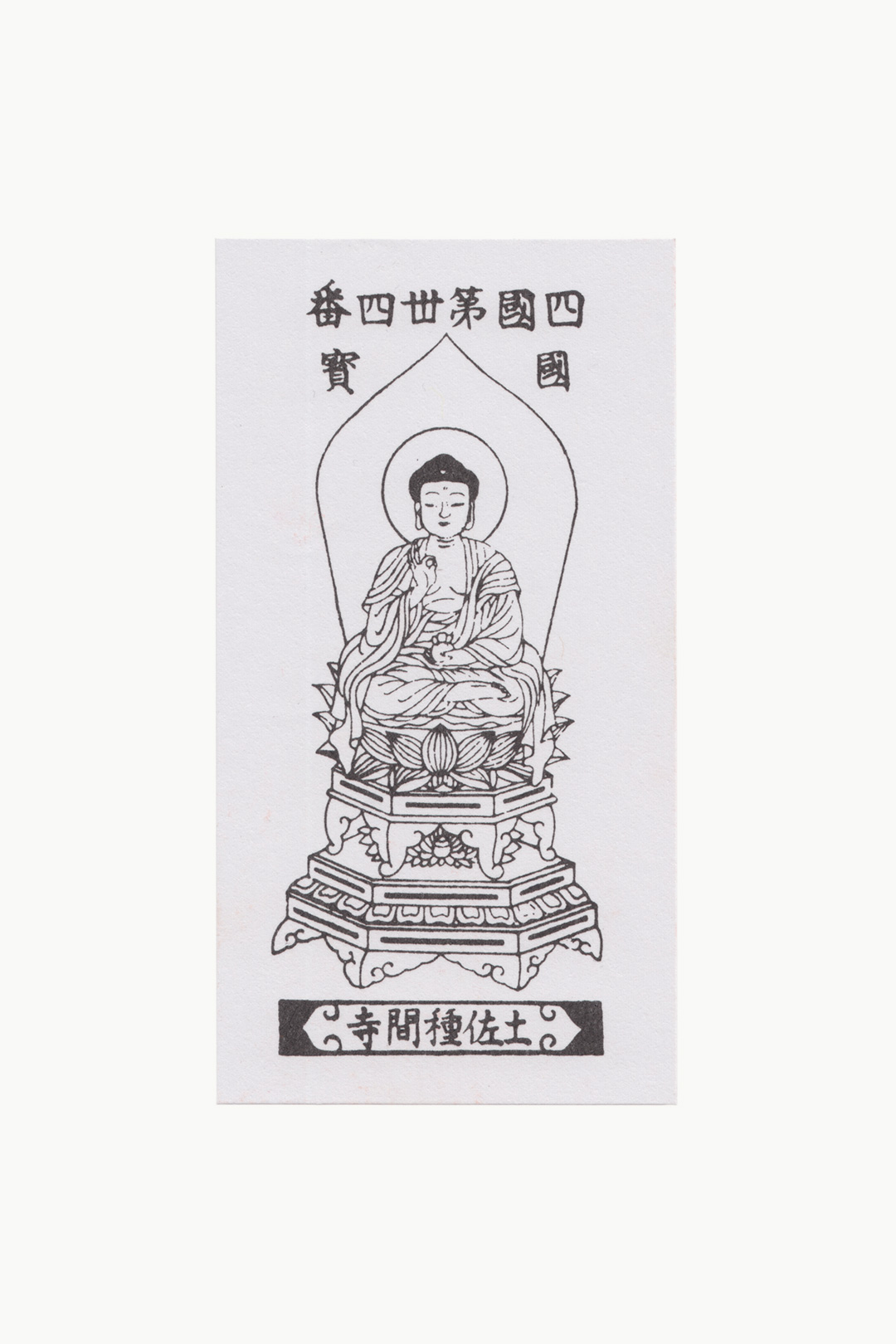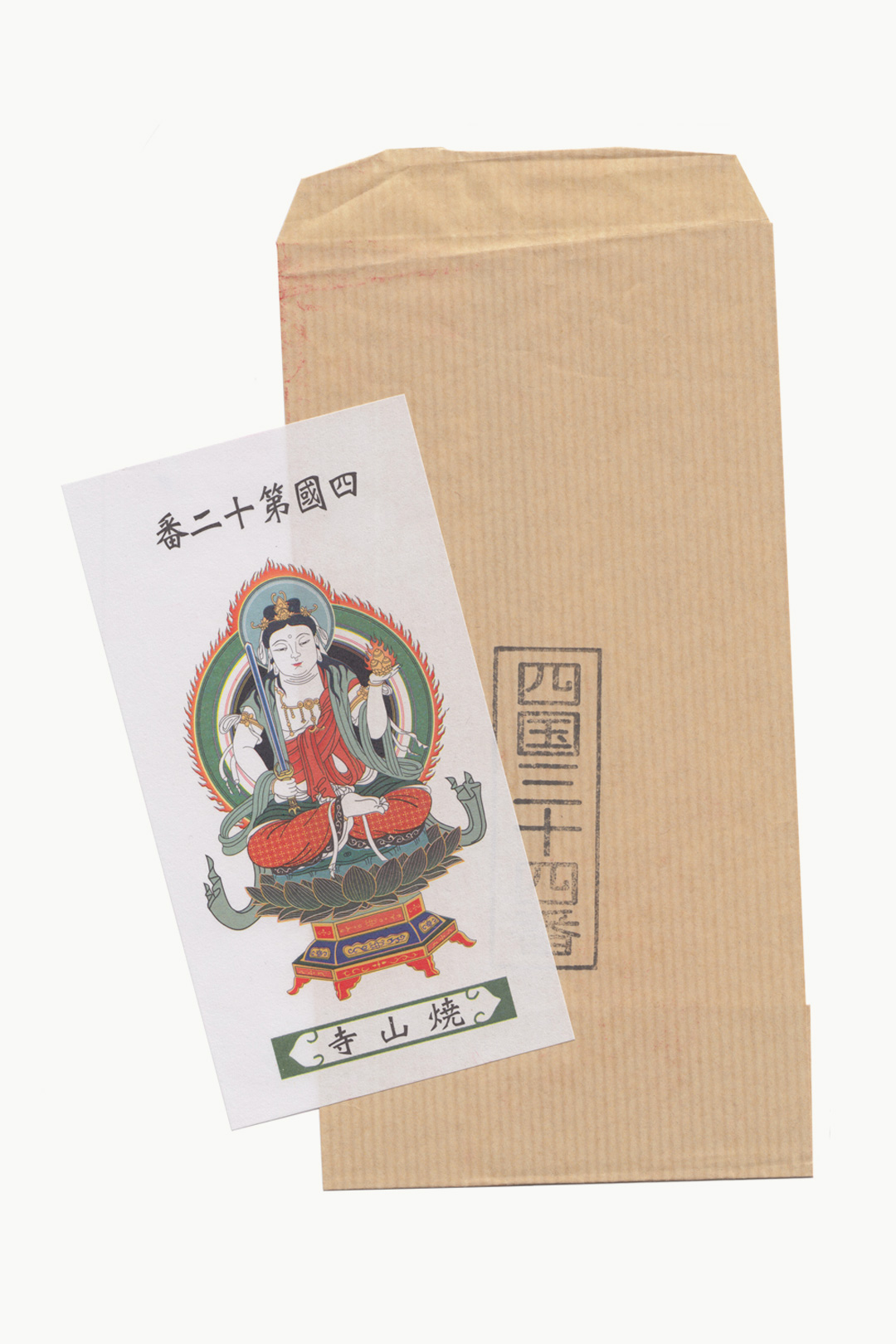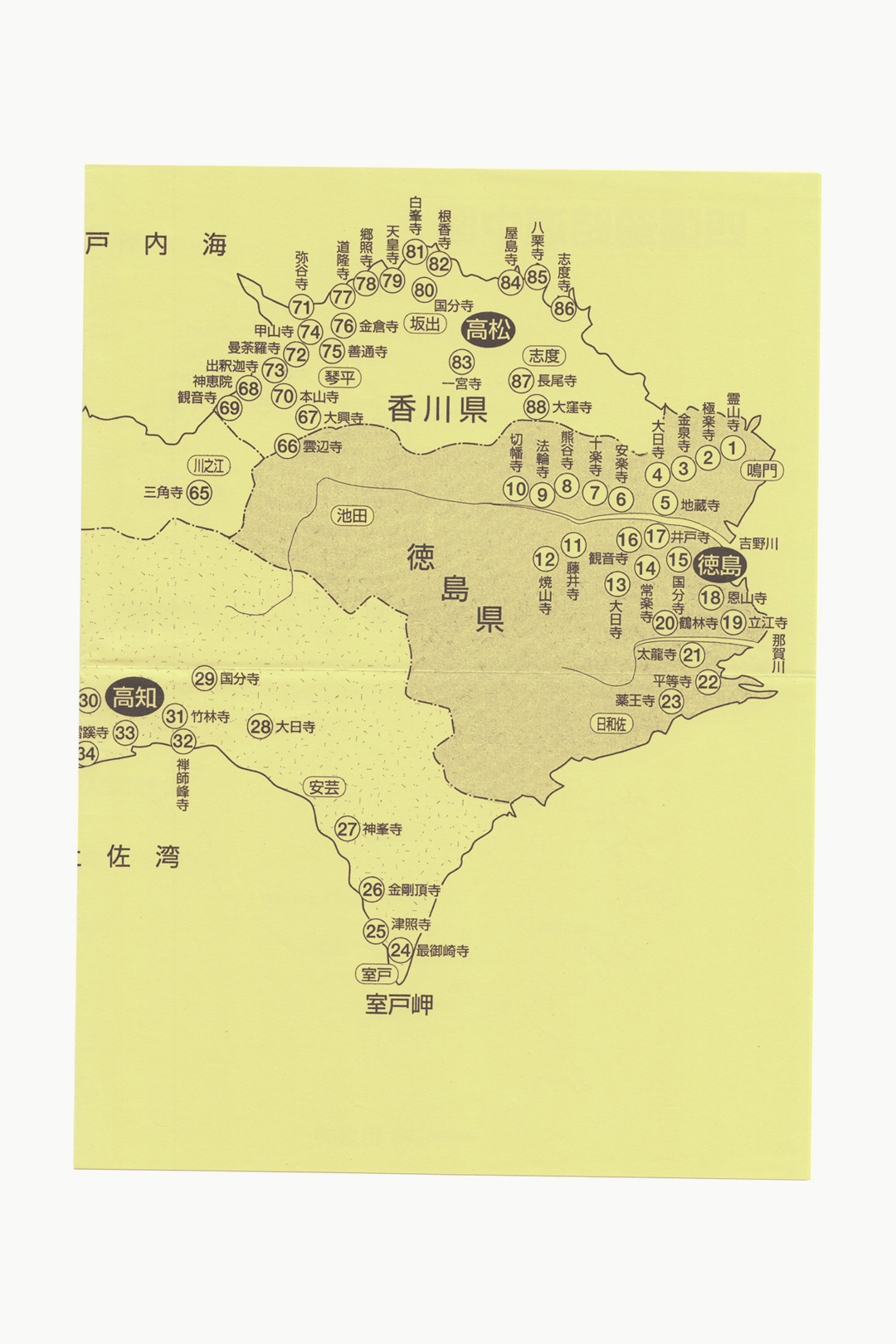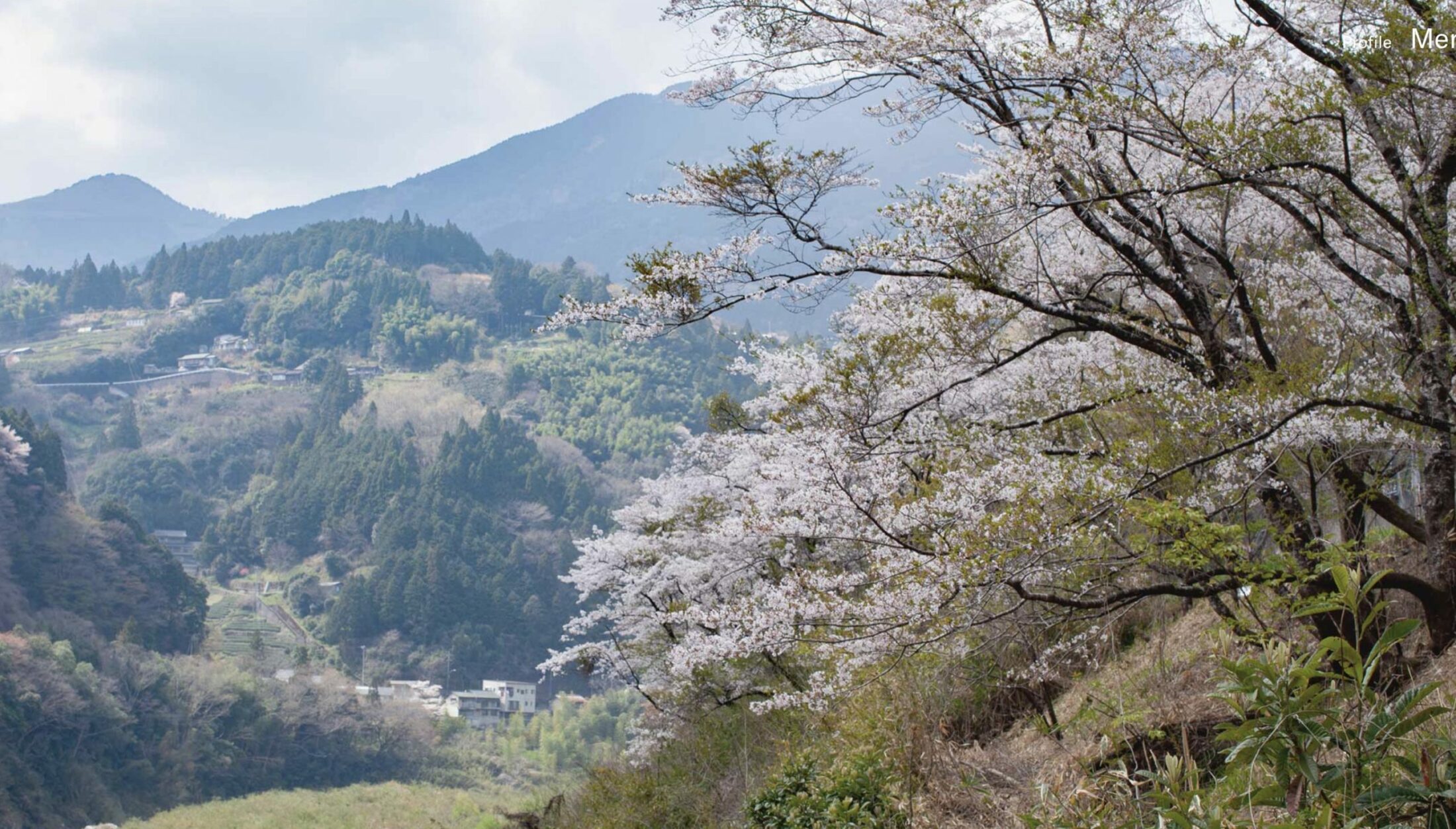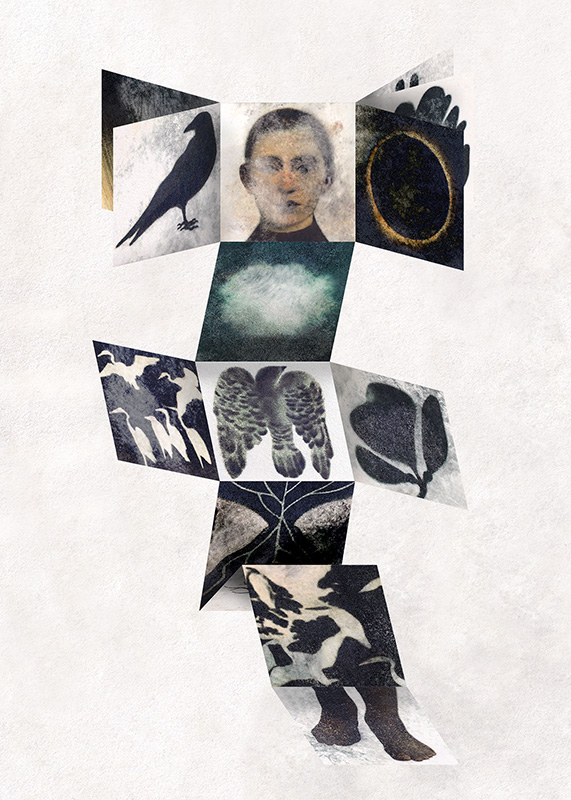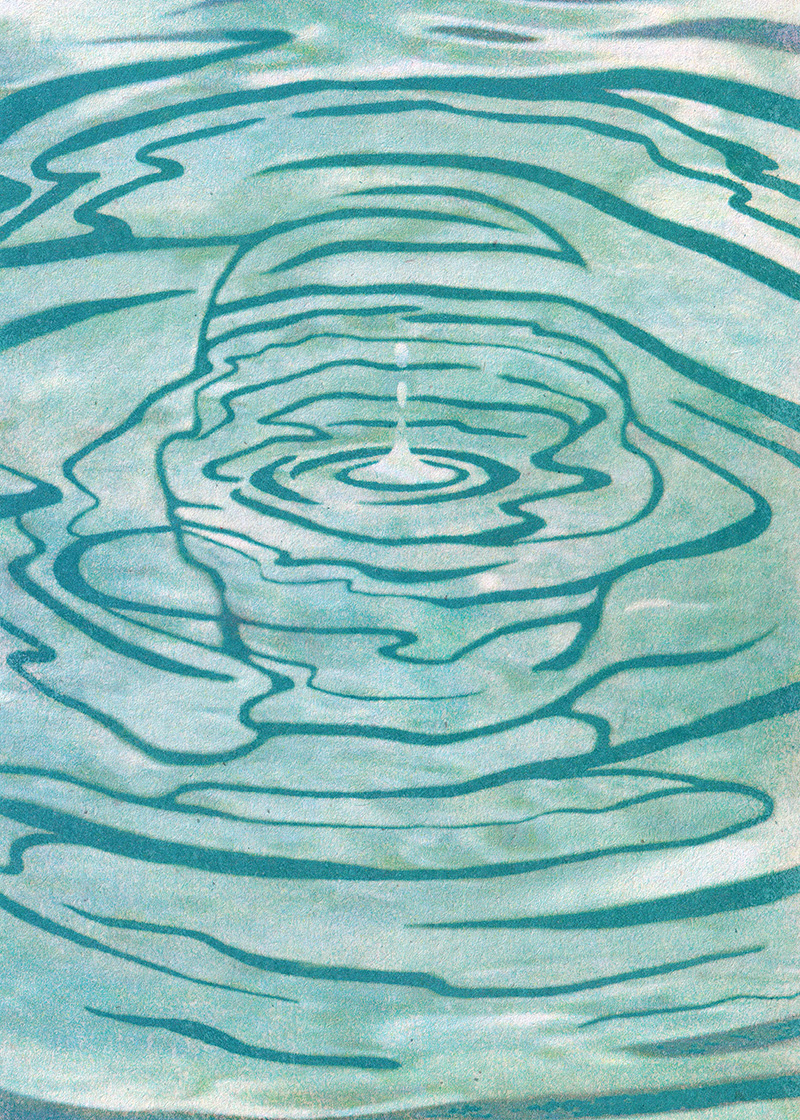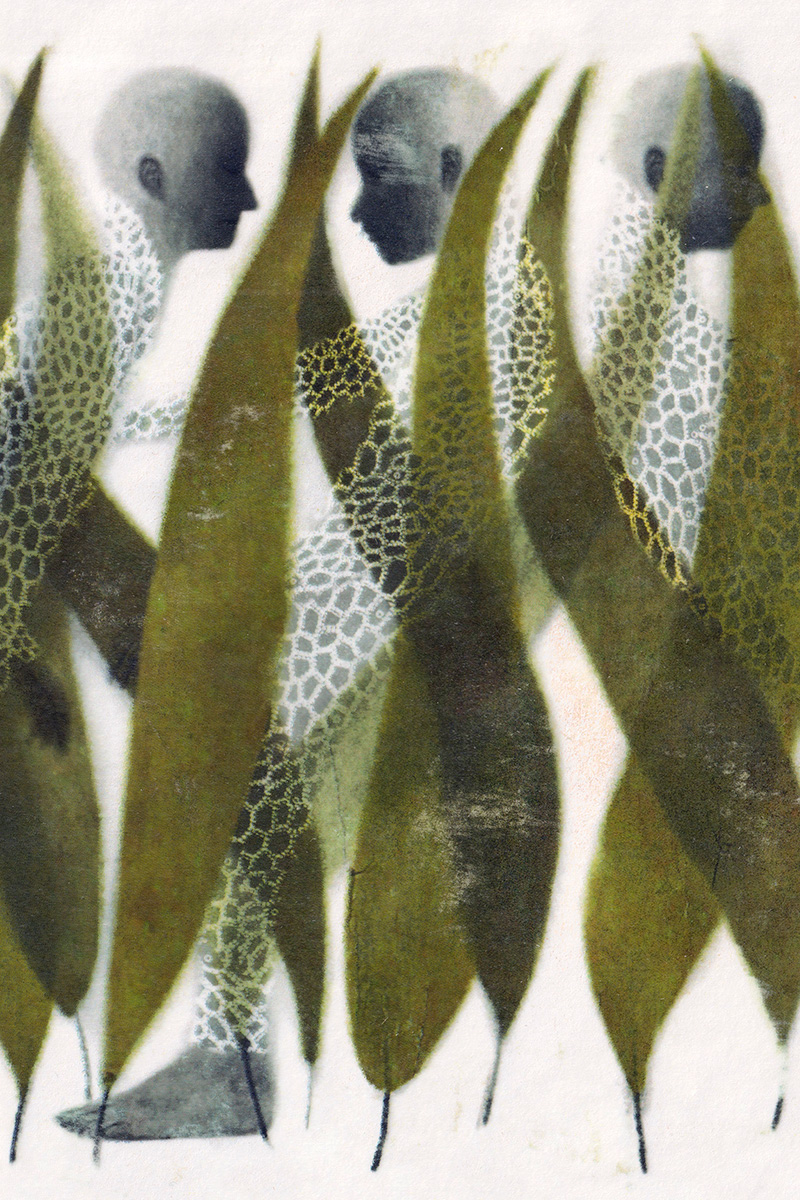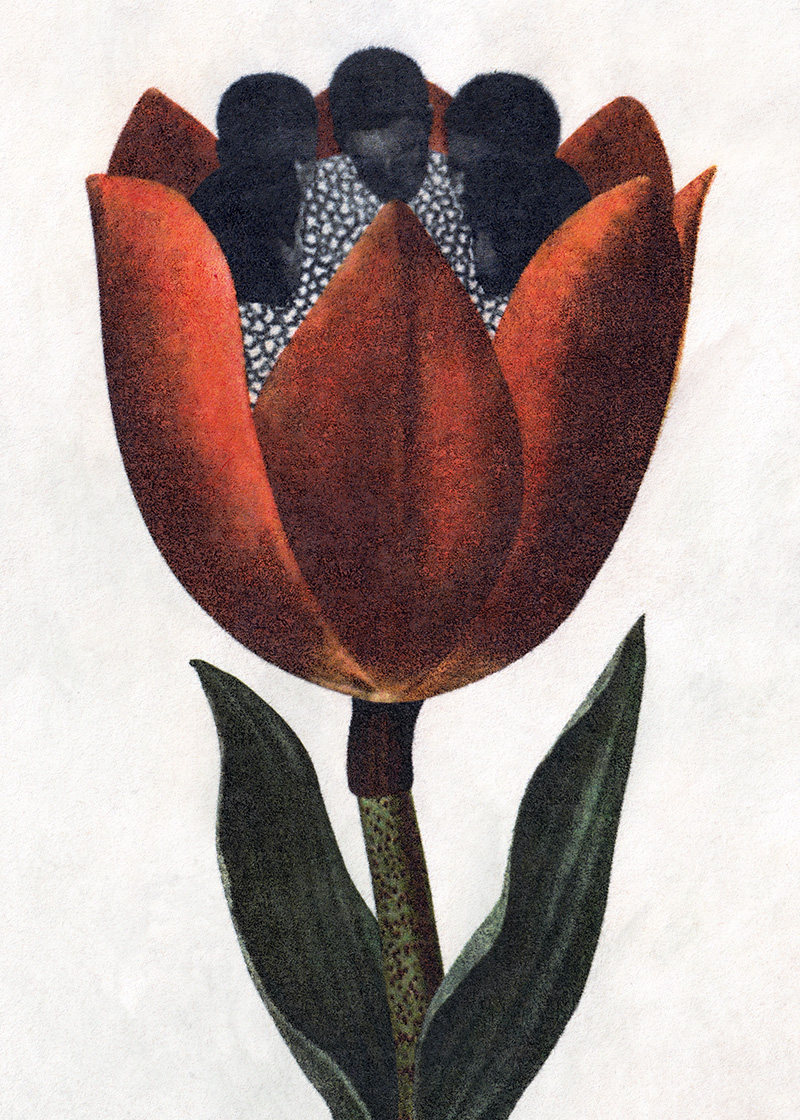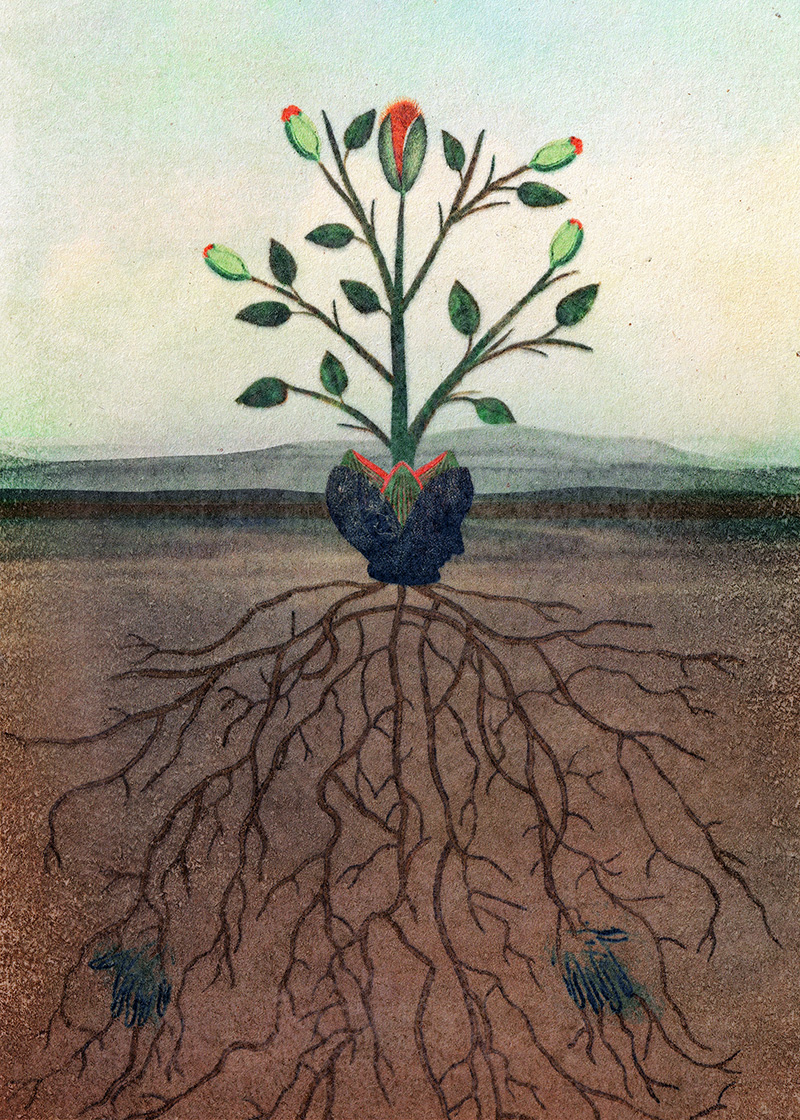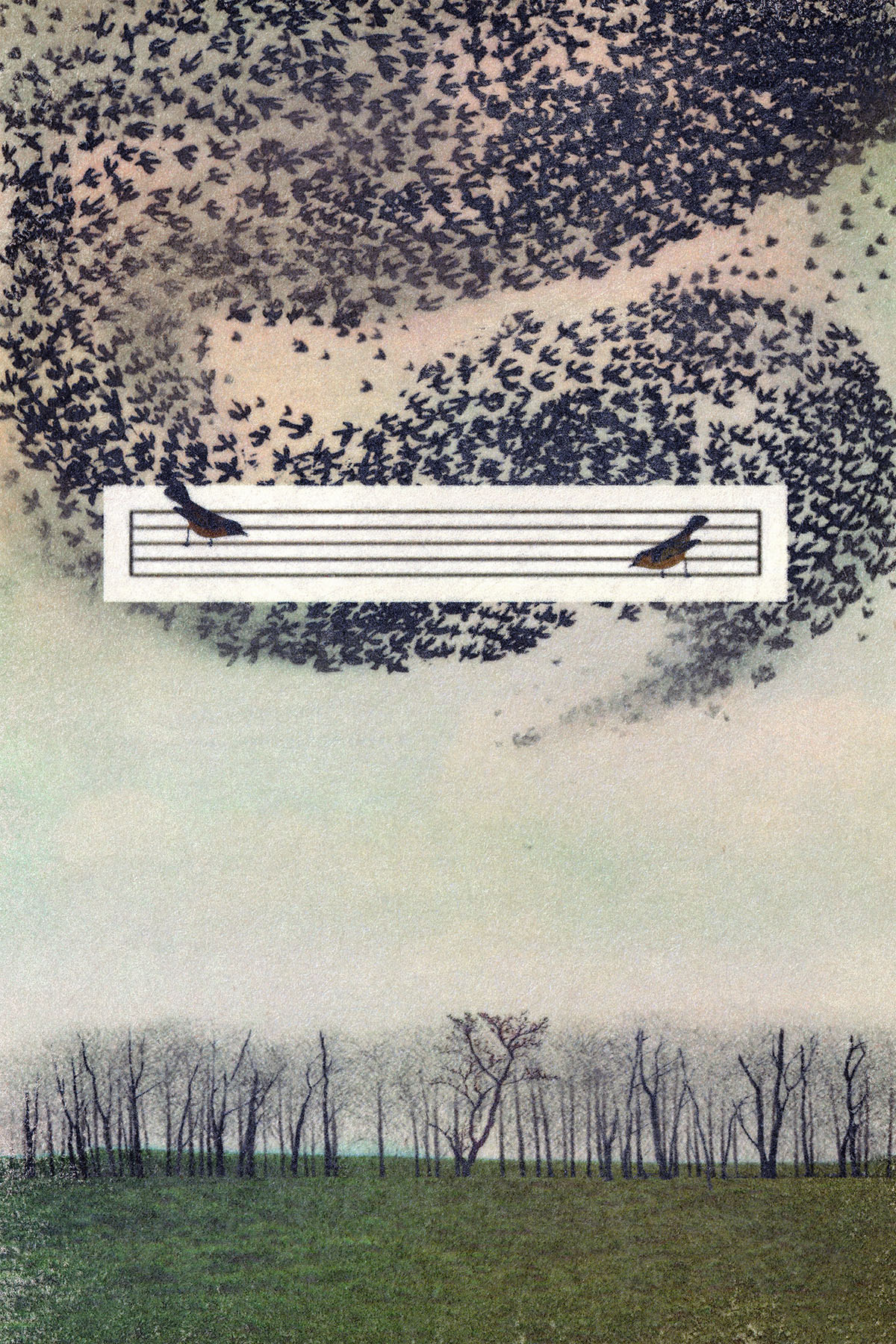Arriving with Every Step
by Chelsea Steinauer-Scudder
Emergence practices offer meaningful ways of connecting to the living world, inviting you to bring an element of one of our stories into your life. Inspired by the multimedia piece “Shikoku Pilgrimage,” this practice invites you to begin a journey from home through the simple practice of pilgrimage.
In the spring of 2018, I spent ten days on the Shikoku pilgrimage in Japan. During this time, as I visited nine of the eighty-eight Buddhist temples that make up the pilgrimage—and traveled between them—there were two things that struck me, again and again. One was present in the joyful and weary and determined faces of pilgrims, both at and between temples. It’s still hard to say exactly what it was—some quality I don’t see at the grocery store or at the park or stuck in traffic or riding my bike. It wasn’t quite a sense of direction, for we all move in many directions on any given day. And it wasn’t purpose, per se. It was, maybe, a simultaneous sense of profound belonging and un-attachment. At once a knowing and not-knowing. An ability to both arrive and depart with every step.
This, I suppose, is what pilgrimage is—not so much a destination, but a journey. Not so much a beginning and an end, but an in-between. Of course, the pilgrim is hoping to reach a destination, but this is perhaps distinct from what she is seeking in getting there.
The other thing that struck me was the presence of the land, for the landscape in Shikoku is not only beautiful, it is prayerful. The pilgrimage route is not an imposed or fleeting human path; it is an enduring one that the land invites us to travel. Mountains, trees, water—the natural world is inseparable from the human feet that touch the ground. With each step, the pilgrim arrives into an unfolding song.
To be a pilgrim is to set aside, for a while, worldly concerns. To do the daring thing in these days of media and in this age of clocks: taking your time in getting somewhere, or leaving time behind altogether. To travel to a place for the sake of the place and for the sake of the travel. To allow point A and point B to give way to possibility, to mystery. You are meant to allow the journey to do its work on you.
